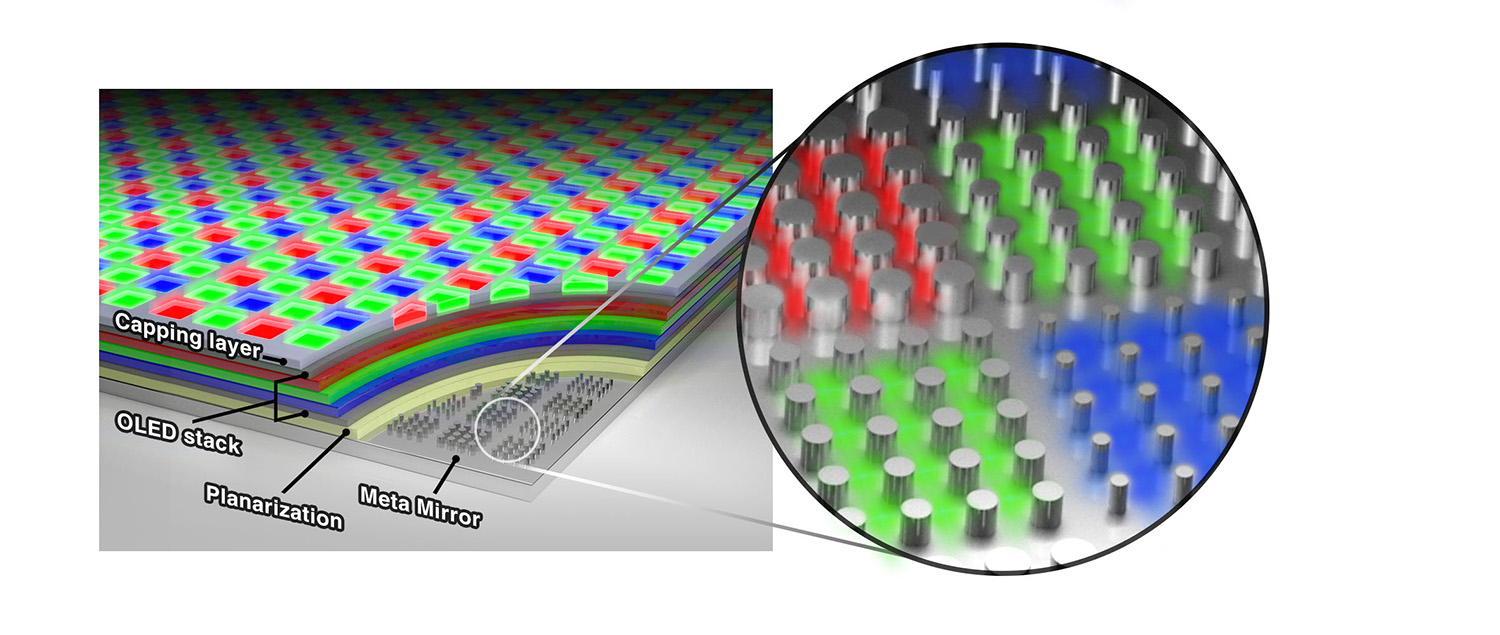Materials scientists borrow solar panel tech to create new ultrahigh-res OLED display
23. 10. 2020 | Stanford University | www.stanford.edu
By expanding on existing designs for electrodes of ultra-thin solar panels, Stanford researchers and collaborators in Korea have developed a new architecture for OLED – organic light-emitting diode – displays that could enable televisions, smartphones and virtual or augmented reality devices with resolutions of up to 10,000 pixels per inch (PPI). (For comparison, the resolutions of new smartphones are around 400 to 500 PPI.)
Such high-pixel-density displays will be able to provide stunning images with true-to-life detail – something that will be even more important for headset displays designed to sit just centimeters from our faces. The advance is based on research by Stanford University materials scientist Mark Brongersma in collaboration with the Samsung Advanced Institute of Technology (SAIT). Brongersma was initially put on this research path because he wanted to create an ultra-thin solar panel design.

“We’ve taken advantage of the fact that, on the nanoscale, light can flow around objects like water,” said Brongersma, who is a professor of materials science and engineering and senior author of the Science paper detailing this research. In addition to having a record-setting pixel density the new “metaphotonic” OLED displays would also be brighter and have better color accuracy than existing versions, and they’d be much easier and cost-effective to produce as well.
Read more at Stanford University
Image Credit: SAIT
-jk-




